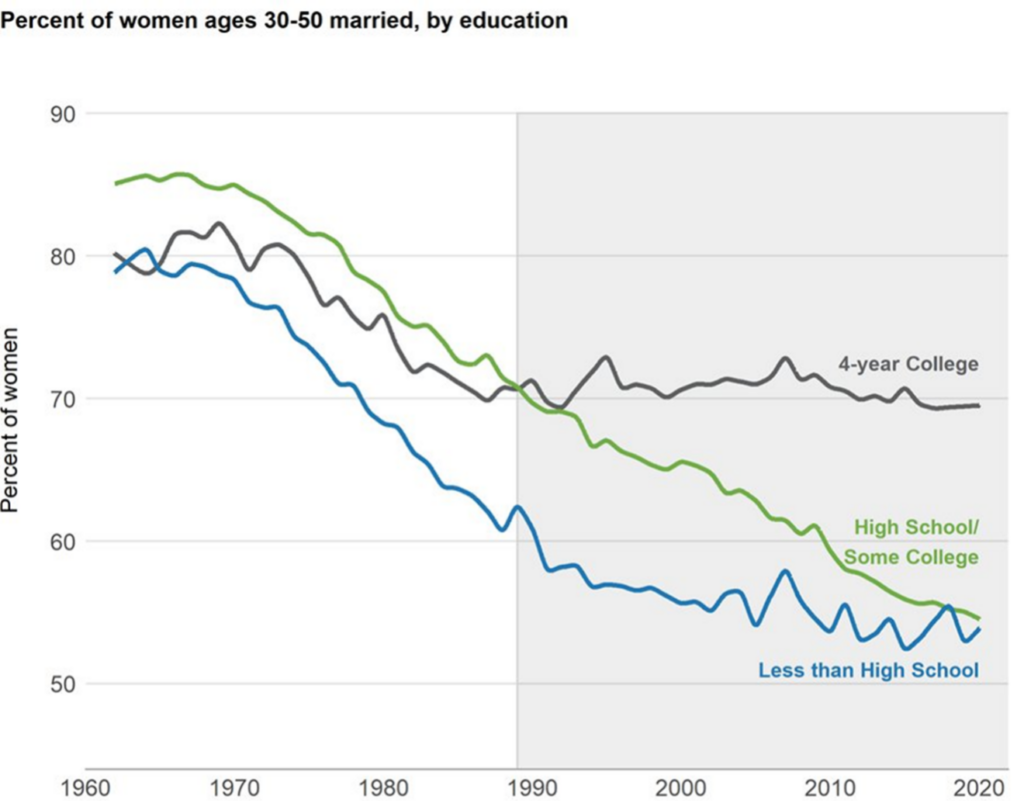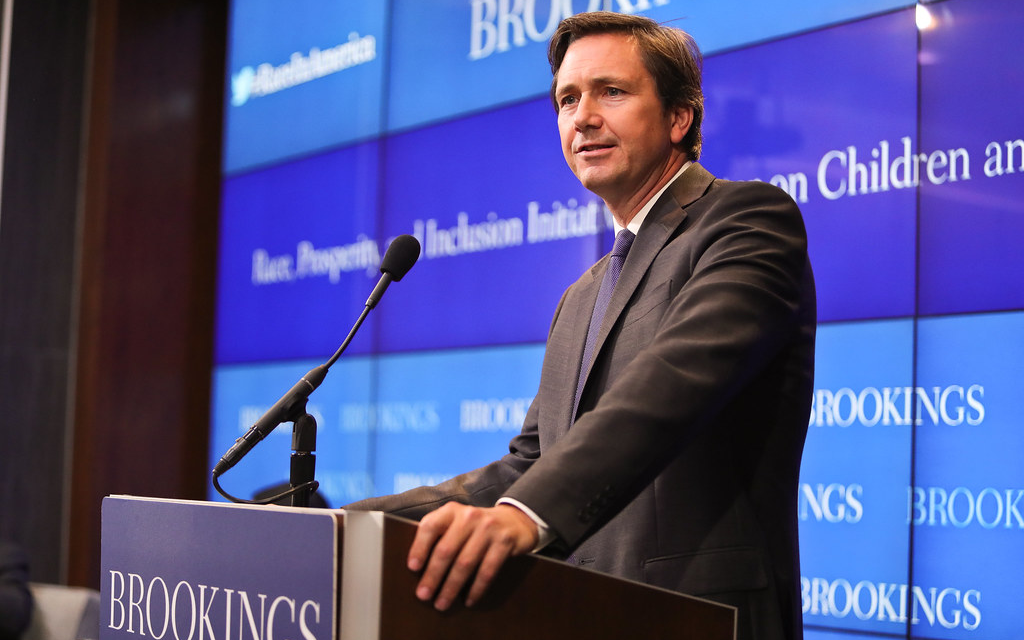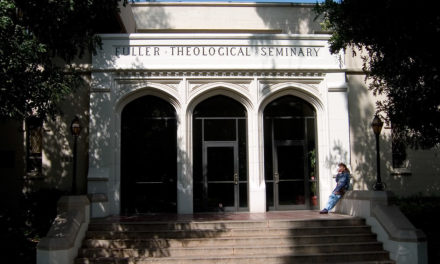Obviously marriage matters. For the family, for society, and for the well-being of our children. It is the foundation of human thriving.
But how is marriage doing today in society? It is an important question that all Christians — and those who care about children and societal health — must ask.
Richard Reeves, a senior research fellow at the center-left Brookings Institution, has just created a video giving what is actually a very helpful overview of how marriage has been changing over the last few decades. It is as informative as it is brief.
While conservatives and serious Christians will not agree with his personal conclusions at the end, Reeves certainly gets the facts right and shares some important insights on what has been happening to marriage over the last few decades in America.
Out of the gate, Dr. Reeves explains “there’s been a general decline in marriage.” Only 1 in 10 Americans today believe marriage is essential to a fulfilling life. He notes with deep concern, “That’s a huge cultural change” over the last few decades.
He is correct and according to scholars at the National Center for Family & Marriage Research (NCFMR) the actual decline in couples marrying has been dramatic. The marriage rate in America has fallen by more than half since 1900 and its peak in 1920 was three times the current rate.
U.S. Marriage Rate / 1900 to 2020

But Reeves quickly adds, “Behind that general decline is a more interesting story.”
Part of that interesting story can be seen in the marriage rate decline actually leveling off in the last few years. The decline has slowed at a disturbingly low rate and scholars do not agree on what has contributed to this leveling. They are not sure if this is a bottoming out, or if a pro-marriage change in attitude is taking place.
Another very good-news angle on marriage in America is that the skyrocketing rate of divorce that began in the early 1970s and leveled off at a very high rate in the mid-1980s has now come down in the last decade or so. This relatively recent NCFMR graph demonstrates this encouraging trend line.
U.S. Divorce Rate / 1900 to 2018

Reeves explains that one of the biggest changes in marriage has been the result of remarkable educational and earning advances by women. This has meant that economic necessity and stability is not as much a marital driver for women as it was just 40 years ago. Women have greater opportunity to earn their own way in society and establish their own household without having to obtain a husband first. Of course, there is good and bad in this. Good for our daughter’s independence. Bad for marriage rates.
Reeves explains that not only are women slower in marrying today because of their growing financial independence from men, but “women have huge exit power” in marriage. He states, “I think it’s important to know, that women are twice as likely as men to file divorce” today.
Increased freedom can be a blessing and a curse. It has been for marriage.
The Growing Marriage Divide by Class
The other massive changes in marriage in America today, that few fully appreciate, is a massive and growing class divide in who is and is not marrying. Reeves cites his esteemed Brookings colleague Isabel Sawhill, who calls this marriage divide “one of the main class fractures in American society today.” There is something extremely interesting at work here.
Reeves highlights what few would have expected with marriage today. Americans with the most choice, those more highly educated with higher incomes, would be most likely to get and stay married. But that is exactly what is and has been happening over the last few decades.
And Reeves explains it happened most profoundly among women. He clarifies, “The typical American, college educated woman is almost as likely to get married as her mother was, and if anything, a little more likely to stay married.” But that is not true of women who are do not have a college degree. It is even less true of those without a high school diploma.
Reeves gives the bigger picture here, “There really hasn’t been much of a decline in marriage among the top ranks of American society. Meanwhile, there are significant declines, lower down” in terms of class structure.
This is dramatically demonstrated in very new research from a leading economist, Melissa Kearney, from the University of Maryland.

Professor Kearney explains in her recent paper that nearly all the increase in children living in non-marital homes “has largely been driven by a decline in marriage among non-college-educated adults, including those with a high school degree or some college.”
This means that these children are, in a very real way, doubly disadvantaged because they are living with parents with lower levels of education income, but they are also denied the economic benefits that marriage itself provides.
If our nation is going to close the gap between the haves and have-nots, it has become increasingly clear that marriage will be just as important, if not more so, as education and a good paying jobs because all these hold together in helping people climb the ladder to the American dream.
The Institute for Family Studies recently posted an expanded print version of what Dr. Reeves explains in his new video and you can watch his short video here.
While Reeves gets so much right, we would take exception with his concluding line, “If marriage is to survive, it will be in a new model. Not a restoration of the old model.”
Focus on the Family would contend marriage will recover and survive by applying very important time-tested truths about marriage to an ever-changing world. That is precisely why we exist.






